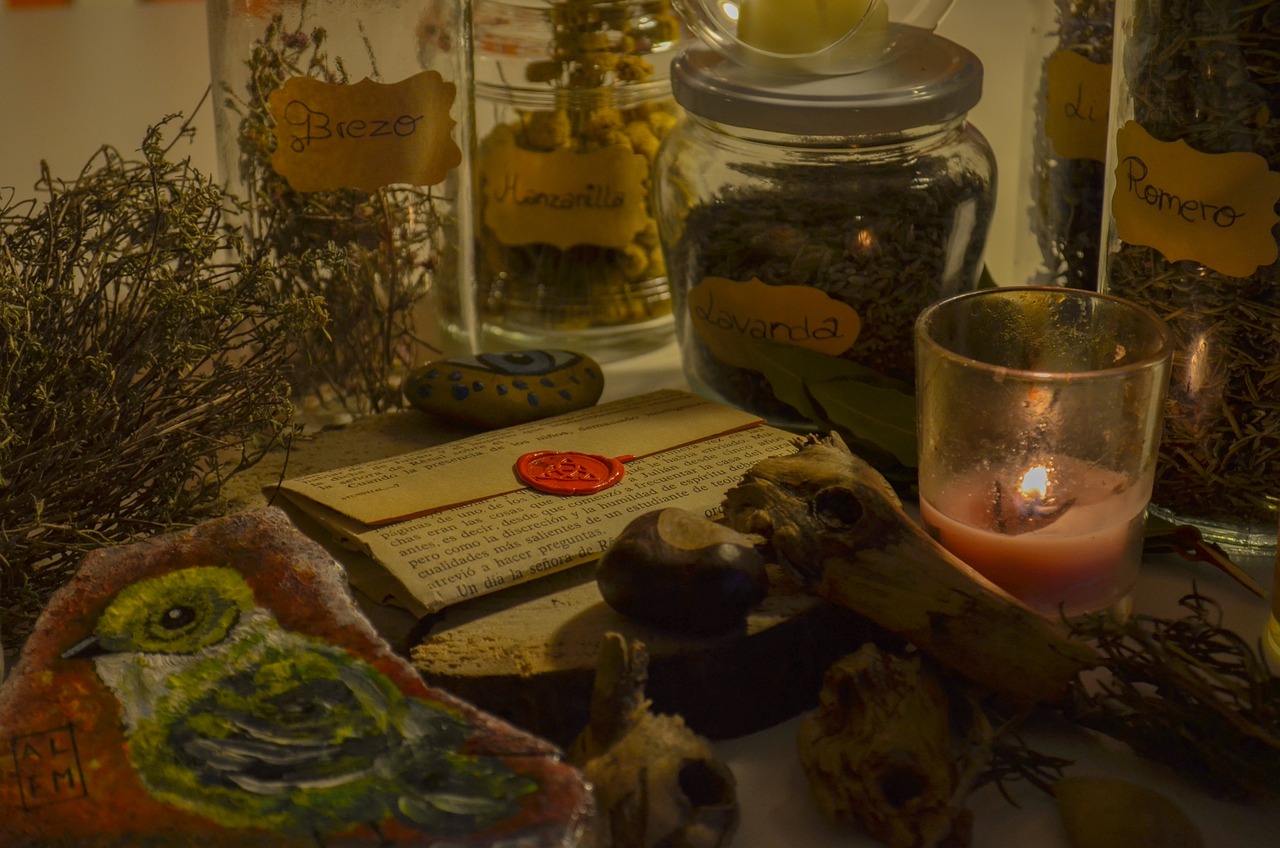Samhain: The Arrival of Winter
November 1st marks the arrival of Samhain, signifying the literal “end of summer.” October 31st heralds the conclusion of the Celtic calendar and the beginning of winter, a moment for introspection.
On this significant day, people believed that their ancestors would traverse the veil between life and death, returning to visit. To avoid being recognized by these spirits, individuals donned costumes to conceal their identities, preventing any possible interference from their ancestors as they might seek to take them with them to the afterlife.
The lengthening darkness of the night was a source of fear, as the absence of light gave way to the fears of unseen presences lurking in the shadows.
Samhain functioned as a platform for gathering, stopping conflicts, and fostering peace. It was a time to assess personal matters and determine future undertakings. All outstanding debts were settled, and festivities surrounding horse and chariot racing provided an opportunity for merriment.
Traditionally, as Samhain, or Oiche Shamhna, commenced, all fires were extinguished, making it the darkest night of the year; the re-lighting of these fires symbolized the ushering in of the new year.
In ancient Ireland, the Hills of Tara and Tlachtga held substantial significance. Tara has long been recognized as the residence of the High Kings of Ireland.
Historically, druids ignited a colossal bonfire on the Hill of Tlachtga, situated near Athboy, County Meath. The flames from this bonfire would be carried to every household, illuminating the night. The Hill of Tlachtga occupies a location approximately thirteen miles away from Tara.
This ancient ritual site held paramount importance for Celtic religious practices over two millennia ago. Although overshadowed by Tara, Tlachtga deserves acknowledgment as a vital location in its own right, serving as the heart of the Great Fire Festival that heralded the winter season.
Great Fire Festival
The rituals performed by pre-Christian Irish at Tlachtga instilled confidence in the community that the darkness would be vanquished, allowing light and life to once again thrive. This site was where the Celtic sun god was venerated at the end of the year.
This festival likely spanned several days, with a focus on the deity Lugh. The name Tlachtga is derived from Tlachtga, the daughter of Druid Mug Ruith, who tragically died while giving birth to triplets on the very hill that commemorates her. Tlachtga is a prominent view from Tara, with the flames lit on the eve of Samhain serving as a precursor to the Samhain Festival at Tara.
With the rise of Christianity, elements of the Samhain celebration were absorbed into the Christian calendar, marking a time of remembrance for souls. Thus, the essence of the Samhain observance persisted, leading to the evolution of Halloween traditions. Irish emigrants transported the Halloween customs to North America in the 19th century.
Tlachtga’s Life
Tlachtga was an intriguing character in her own right. She traveled the world with her father, Druid Mug Ruith, absorbing his mystical knowledge and uncovering sacred stones in Italy. They utilized a device named the roth ramach, or “oared wheel.” Tlachtga gave birth to triplets — Cumma, Doirb, and Muach, each fathered by different men — on the hill that subsequently took her name. The motif of triple births frequently appears in Celtic lore, and Tlachtga’s death out of sorrow and the erection of a fort at her grave parallel the tale of Macha from Navan, Armagh.
The Luigni, an Erainn tribe, were believed to have introduced Tlachtga as a fertility goddess to this region before being largely supplanted by the Lagin tribe, which shifted the focus of power away from Tlachtga to Tara.
The Hill of Tlachtga, alternatively known as the Hill of Ward, features a ringfort linked to both the kings of Mide and Munster, showing its diverse connections.
In 1168, the ard ri (high king) Ruaidri Ua Conchobair (Rory O’Connor) hosted a grand assembly at the site. Mug Ruith, a mythical blind druid from Munster residing on Valentia Island, was said to have extraordinary powers, such as altering his size at will and causing tempests. He wore a bull-hide and bird mask, operated in an ox-driven chariot that illuminated the night, possessed a starry black shield adorned with silver, and wielded a stone that could morph into a poisonous eel when thrown into water. Legend also associates him with the execution of John the Baptist, even though he is believed to have lived around 2500 BC.
The Hill of Ward Today
The present earthworks on the Hill of Ward date back around 2000 years, incorporating elements of earlier burial mounds. This hill likely served as a ritual center long before the arrival of Celts.
The hill’s English name traces back to a landowner, Ward, who was dispossessed during Oliver Cromwell’s invasion in 1649, after which the land was granted to a Roundhead soldier. Today, descendants of the Ward family reside in County Meath while also having connections to the Milwaukee Irish Fest.
Recent archaeological digs on Tlachtga—Hill of Ward—uncovered signs of large-scale burning from around 500 AD. In 2014, the excavation revealed the skeleton of a child in one of the burial chambers. Dr. Steve Davis from UC Dublin noted, “There’s a theory that the site remains lesser-known because the Church endeavored to erase its existence from folklore.”
Interest in Tlachtga has surged recently, marked by festive torchlight processions to the hilltop during Samhain. This journey takes us through history, intertwining tales of deities, druids, and transitions from darkness to light, as we move from the old year into the new, and connect with both life and death.
This exploration of Samhain’s heritage and enigmatic stories behind it aims to highlight its importance and encourage participation in the celebrations, particularly for those seeking anonymity from their ancestral spirits by donning costumes.



